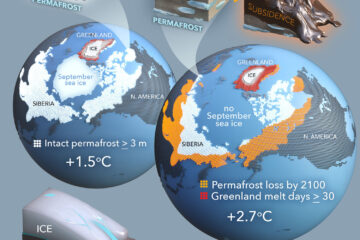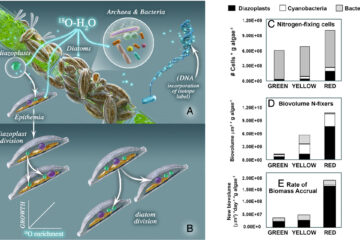A Bayesian model for xylem vessel length accommodates subsampling and reveals skewed distributions in species that dominate seasonal habitats.
Vessel length is an important but understudied dimension of variation in angiosperm vascular anatomy. Among other traits, vessel length mediates an important tradeoff between hydraulic efficiency and safety that could influence how plants respond to extreme weather with climate change. However, the functional significance of vessel length variation within individual stems is poorly known, in part because existing data analysis methods handle uncertainty in a way that makes vessel length distributions difficult to compare. We provide a solution to this problem through a hierarchical Bayesian framework for estimating vessel lengths and we demonstrate the flexibility of this method by applying it to data from serial cross sections of dye injected stems. Our approach can accelerate data collection and accommodate associated uncertainties by statistically correcting for bias and error that result from subsampling images. We illustrate our analytical framework by estimating and comparing vessel length distributions for 21 woody species characteristic of a North American forest. The best-fit model corrected for both bias due to secondary growth and sampling error within and among species. Vessel length estimates from this model varied by almost an order of magnitude and parameters of these distributions correlated with point estimates derived from a different, commonly used method. Furthermore, we show how key contrasts can be estimated with the Bayesian framework, and in doing so, we show that the shape of the vessel length distribution differed between ring- and diffuse-porous species, suggesting that within-stem vessel length variation corresponds to water stress seasonality and contributes to landscape-level habitat segregation. Our analysis method revealed the importance of within-stem variation in vessel length, and our results complement work on between-species variation in average vessel length, further illuminating how vascular anatomy can influence woody plants’ responses to water stress.


